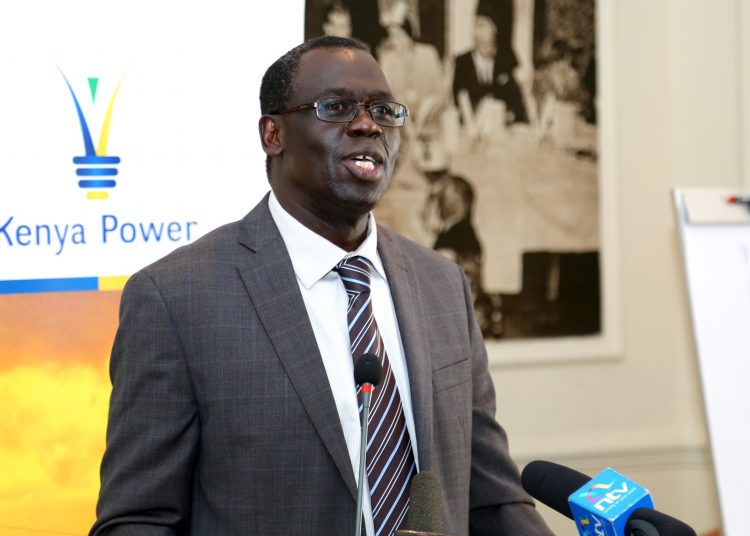The last few months have thrust Kenya Power into the public limelight on several occasions with a series of misinformed accounts relating to our billing process.
I am however inclined to provide a number of updates and reiterate some facts that confirm that we have made significant progress in ensuring that the Kenya Power billing platform is as efficient as can be.
More importantly, also, we are fine-tuning the system, investing in new IT infrastructure and reconfiguring the entire billing process so that we can minimise complaints. In the last two years, we have more than tripled our operational and technical efficiency by adopting technological innovations aimed at improving business operations and customer experience.
Timeliness and accuracy in billing are critical factors in building customer confidence, winning their trust, meeting their expectations and are key to enhancing customer satisfaction with the essential service that we provide.
In the recent past, we have undertaken several initiatives to improve business operations which include the billing process. Alignment of customer meters to the respective electricity distribution feeder lines to reduce energy losses and improve operational efficiency is one of these initiatives.
We have also digitised our infrastructural assets and upgraded our customer service management system to enable efficient integration of various customer service applications. The new system introduced last year, took over from our two-decade old customer service system and now supports features such as remote user operations using various IT platforms; guaranteeing a better customer experience.
To reduce commercial losses and improve billing efficiency, we changed our meter reading itinerary structure from geographical based structure to feeder-based structure.
Traditionally, meter reading itineraries (a group of meters that can be read by one reader per day) were marked by geographical features such as roads, building and rivers among other features.
The newly adopted feeder based itinerary structure enables clustering of meters around electricity distribution feeders to optimise the number of meters read in a day. With these measures in place, we are committed to improving meter reading coverage to over 90% every month to minimise complaints related to estimated bills.
This new structure has paid off well, as it allows us to monitor electricity sales to our smallest business units and effectively manage commercial losses. To plug a few system weaknesses, we have also put in place several control measures. Some of these measures include engagement of an independent ICT auditor to audit all KPLC Information Technology systems.
We have also enhanced the vending tool with in-built security while implementing an Advanced Threat Analytics (ATA) that correlates user behaviour and tracks and reports any suspicious movements in the system. Internally, we have also enhanced controls in the billing system to ensure segregation of responsibilities and structured mechanism of approvals. To further enhance customer experience, we are continually carrying out customer education on illegal connections and fraudulent transactions so that they do not fall victim of fraudsters.
Our customer education programmes cover sensitisation on application and payment for electricity connection, payment for bills, purchase of tokens and the authorised channels for payment. We are not perfect; no corporate can say they are. The important thing is to keep on trying to be better, understand our customer needs and aspire to meet them.
And we have come a long way over the years, especially in improving system stability and reliability. As a utility, we have committed ourselves to continue making every effort to ensure that we deliver improved customer experience at all touch points.
Eng. Othieno is the acting Managing Director & CEO, Kenya Power



![An Uber Eats Delivery Person [Photo/Courtesy]](https://financialday.co.ke/wp-content/uploads/2024/04/Uber-Eats-courier-tries-new-electric-boda-for-deliveries-360x180.jpeg)
![[Photo/Kenya Power And Lighting Company (KPLC)]](https://financialday.co.ke/wp-content/uploads/2024/04/KPLC-E-MOBILITY-DRIVE-360x180.jpg)

